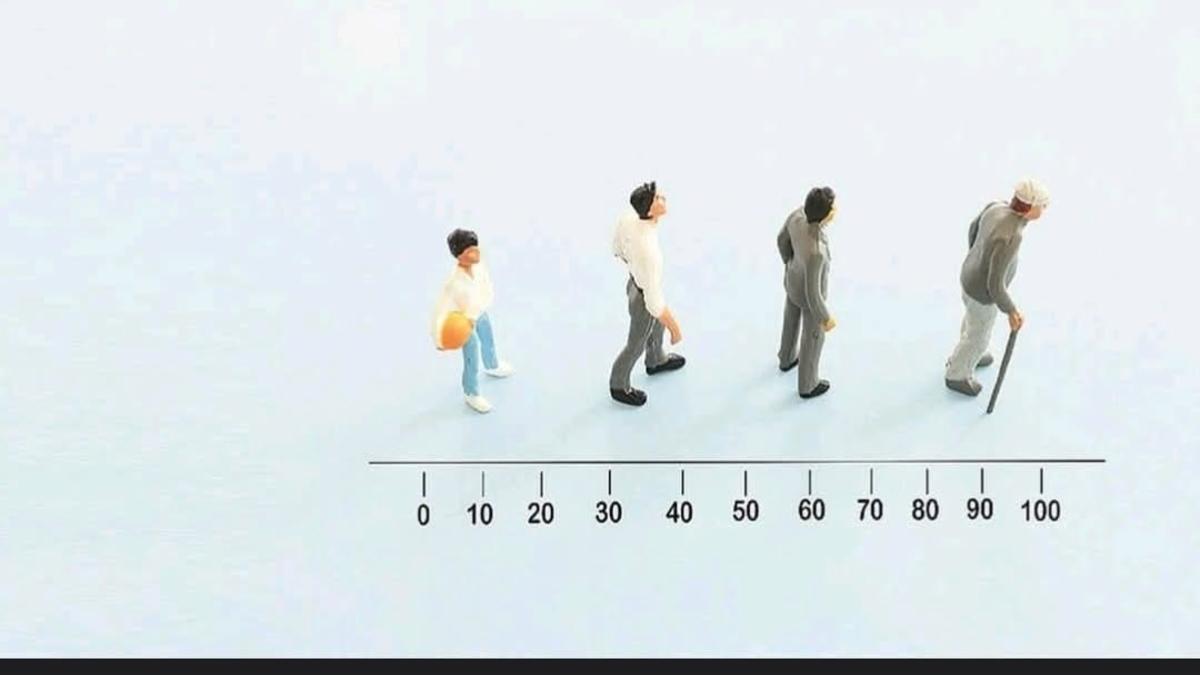Article Body
India enters 2025 grappling with questions about its population’s longevity: How long do Indians live compared to global peers, what are the driving factors, and what does this mean for the nation’s future? As government data and global estimates converge, the answer sheds light on the successes—and lingering challenges—of India’s public health journey.
Background: The Story Behind the Numbers
Life expectancy—a crucial measure of public health—represents the average years a newborn can expect to live, assuming current patterns persist. For decades, India’s life expectancy has risen, fueled by medical advances, economic growth, and the fight against infectious diseases.
By 2025, India has crossed another milestone. Urbanization, better vaccination programs, and expanded healthcare coverage have pushed the average Indian’s life expectancy well beyond what it was even at the turn of the millennium. However, disparities remain—across gender, geography, and socioeconomic status.
Key Highlights: India in Global Context
-
Estimated Indian Life Expectancy (2025): Around 71–73 years
(Men slightly lower, women slightly higher) -
Global Average Life Expectancy (2025): Estimated at 73–74 years
-
Top-performing Countries: Japan, Switzerland, Singapore often reach or exceed 83–84 years
| Country/Region | Life Expectancy (Approx., 2025) |
|---|---|
| India | 71–73 years |
| Global Average | 73–74 years |
| Bangladesh | 73 years |
| United States | 77–78 years |
| China | 78 years |
| Japan | 84 years |
These numbers expose a modest gap between India and the world average. While India outpaces some developing regions, it still trails leading nations by a decade or more in average lifespan.
Expert Analysis: What’s Shaping Indian Longevity Now?
Healthcare specialists often point to several interconnected factors:
-
Improvements:
-
Significant reduction in child mortality rates.
-
Widespread immunization and maternal health programs.
-
Economic growth supporting better nutrition and sanitation.
-
-
Persistent Challenges:
-
Non-communicable diseases (like diabetes, heart disease) are now leading causes of death.
-
Health disparities between urban and rural populations remain stark.
-
Environmental factors—like air pollution—impact respiratory illnesses and life expectancy.
-
Healthcare access and quality still vary greatly by region.
-
“India’s steady gains reflect sound policy choices, but the next leap in longevity will come from addressing chronic diseases and closing rural-urban health gaps,” says Dr. R.K. Mehta, a hypothetical public health analyst.
Impact on India: Society, Economy & Health Systems
This rising, but still below-average life expectancy has far-reaching effects:
-
Socially, a longer life means more years with family, but also greater care needs for the elderly.
-
Economically, a healthier, longer-living workforce can boost productivity but strains pension and healthcare resources.
-
Public Health, increased longevity shifts demand toward managing chronic conditions, cancer, and elder care.
Yet, if India manages to further improve health infrastructure and equalize access, its demographic dividend can be a powerful engine for continued growth.
What’s Next: Narrowing the Gap
For India to reach or exceed the global average, experts highlight several focus areas:
-
Expanding health coverage, especially in rural and underserved communities.
-
Proactive measures against lifestyle diseases—public awareness, early screenings, and primary care reforms.
-
Tackling environmental health risks with stricter pollution controls.
-
Prioritizing healthy aging: preventive care and social support for seniors.
Individuals also play a pivotal role through regular health check-ups, balanced diets, and exercise.
The Bottom Line
India in 2025 stands at the cusp—no longer one of the world’s shortest lifespans, yet not quite among the longest. The road to closing the gap demands persistent public health innovations, targeted policy, and greater health equity. The challenge is substantial, but so is India's potential to turn longevity into prosperity.


Comments